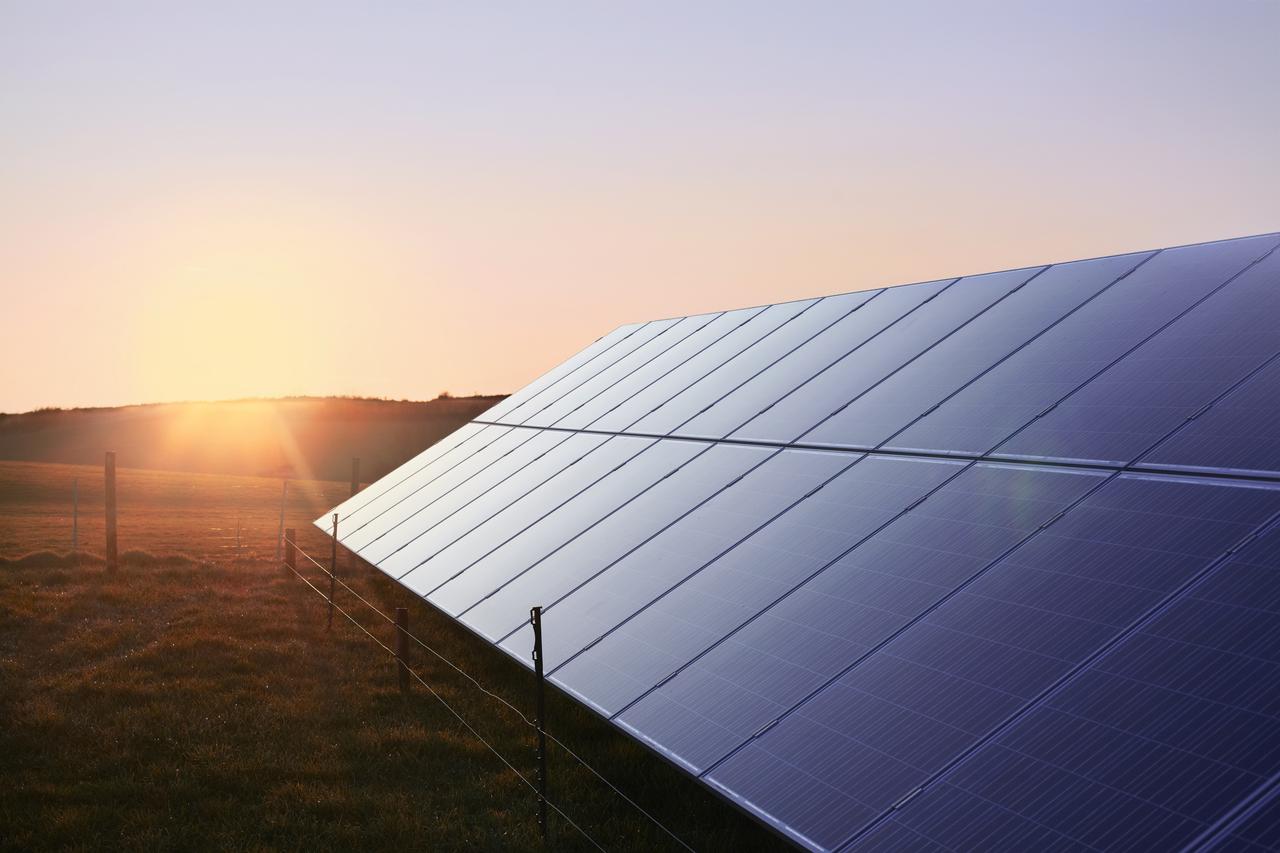

Solar Energy Everlasting in many countries
Axpo’s commitment to a more sustainable future is making a valuable contribution to the energy transition. The continued expansion of solar energy is an important part of that effort. Our expertise covers every stage in the development and operation of a solar project, including the production and supply of electricity from renewable sources and the securing of corporate power purchase agreements (PPAs).
years
experience in the solar business
Large-scale solar plants
already built
GW
planned capacity in Europe
Whether you are a local authority, a farmer, a landowner or an energy-intensive company, Axpo can apply our extensive experience and expertise to the successful development of your solar project:
- Guarantee a competitive price for your electricity
- Add value to your land, parking spaces and roof-tops
- Ensure additional income
- Contribute do the energy transition by producing green electricity
- Meet your Corporate Social Responsibility commitments
- Promote local job creation
We take care of all the steps necessary to realise your project, from development and construction to operation and maintenance. Always innovative, we offer cutting-edge solutions that meet the specific requirements of both customer and site. As your preferred business partner, Axpo also acts as the interface with all parties involved throughout the entire lifetime of the solar plant.
Expert in solar plant development
Axpo offers a wide range of solar projects, including PV on office buildings, industrial roofs, car parks, shopping centres, greenhouses, agri-PV, and ground-mounted systems.

The essentials about solar energy
When the sun shines, solar panels produce electricity. Logical, isn’t it? But even on less clear days, solar cells can produce electricity, although not at full capacity. This is comparable to our skin, which reacts to solar UV rays even when it is cloudy. Around 75 percent of the electricity generated by conventional solar systems installed in the lowlands, for example, is generated from May to September. In the mountains, a lot of winter electricity can be generated in the winter months with alpine solar systems.
A typical solar panel (one square metre in size) made of commercially available silicon can generate an average of 180 watts on a clear, sunny day in Switzerland. That's enough to run a laptop computer. A solar power system consisting of several panels with a size of 20 square metres produces around 3,600 kilowatt hours (kWh) of electricity per year. In comparison, an average Swiss household consumes between 4,500 to 5,000 kWh of electricity per year.
As a general rule, the output of solar modules essentially depends on the amount of sunlight (global radiation/geographical location), orientation (the more precisely the photovoltaic system is positioned at the optimum inclination angle to the south, the higher the yield) and shade (from trees, chimneys, etc.) But, of course, the quality of the solar cells also has a significant influence on the overall performance.
